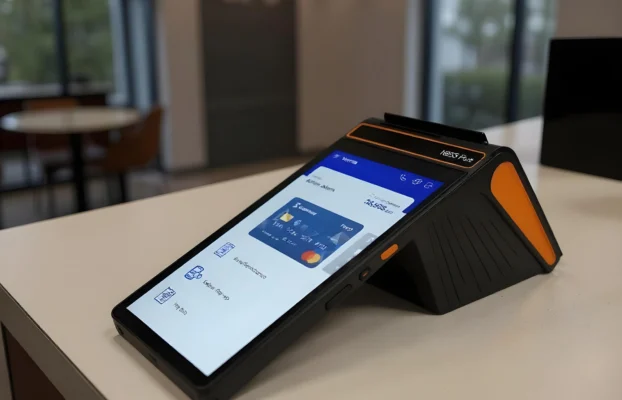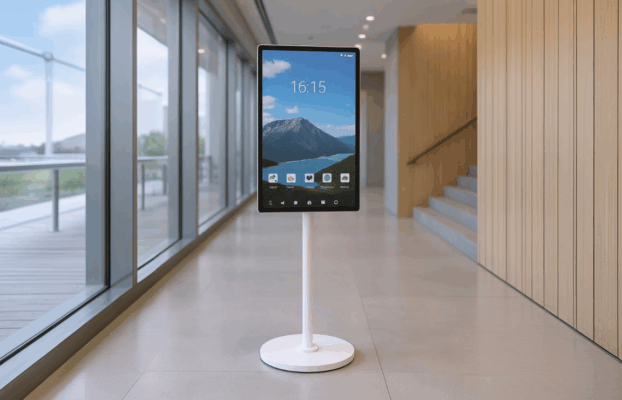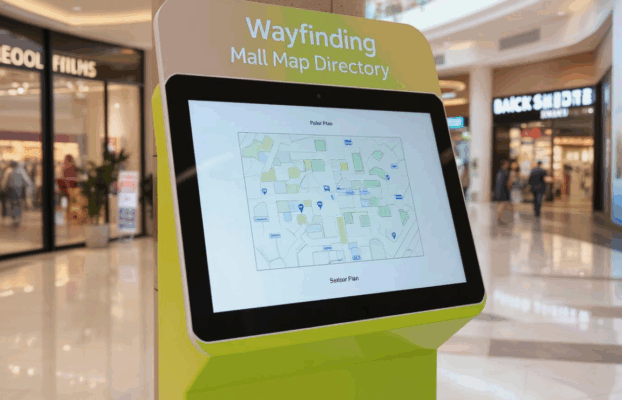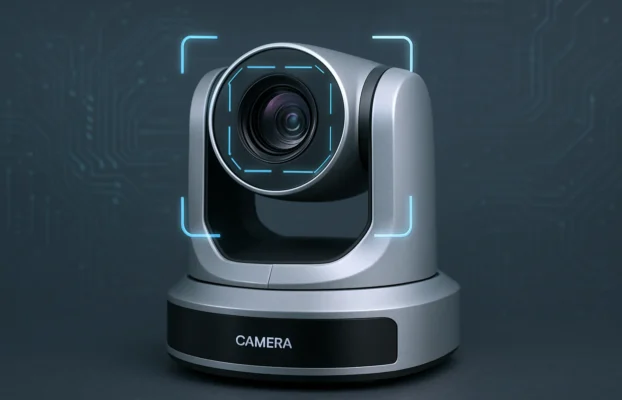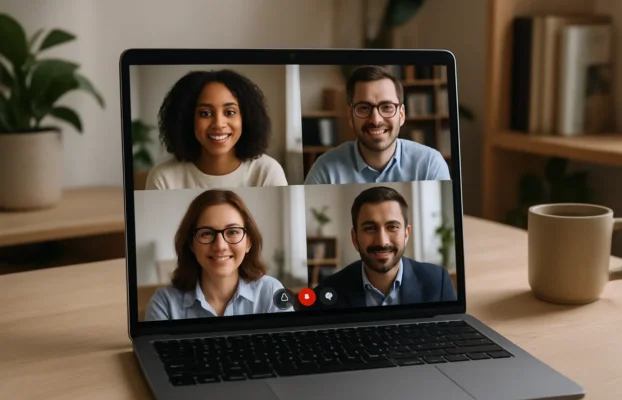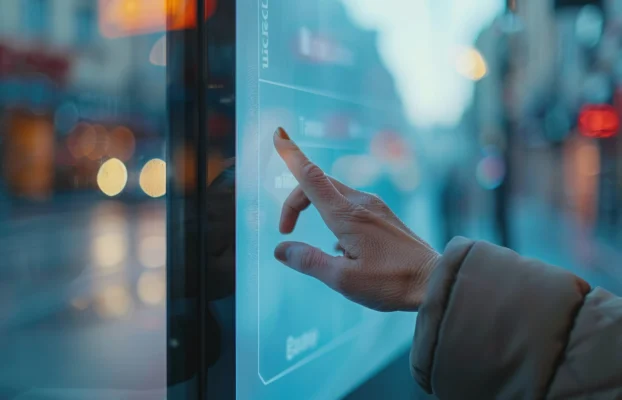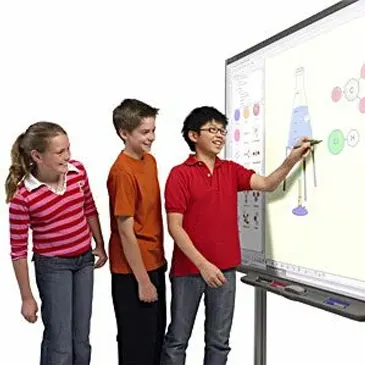
In a world where technology is constantly evolving, one of the most important changes we can make to our learning environment is to provide opportunities for collaboration and engagement. This is why
smart classrooms are so popular; they allow students to work together more productively and learn more effectively. Smart classrooms brings the power of collaboration to the classroom by allowing students to work together on projects and collaboratively create content, all from their own devices.
Smart classrooms increase collaboration
A smart classroom is an environment where students can work together collaboratively. There are various tools available in these classrooms that allow for interactive learning. For example, teachers can use technology to project images onto a screen so that all students can see them. This allows for everyone to participate in the lesson, regardless of their location in the room. Additionally, smart classrooms are equipped with
microphones and cameras. This allows teachers to see and hear what is happening in every corner of the room. If a student is not understanding the material, the teacher can provide assistance immediately.
Increased engagement
One study found that when students were given the opportunity to work on problems together using a
smartboard, they were more engaged in the activity than when they worked on problems individually (Garrison et al., 2010). This is likely due to the fact that working together on a problem allows for social interaction, which is known to be important for student engagement. Another study found that when teachers used a smartboard to present information, students were more engaged than when teachers used traditional methods such as overhead projectors or chalkboards (Yang & Tsai, 2009).
More opportunities for hands-on learning
One great way to use technology for hands-on learning is with smart classrooms. These rooms are outfitted with large screens that can be used for presentations or as an
interactive smartboard. Teachers can use these screens to show video clips, images, or websites related to what they are teaching. Students can also use them to work on projects together or play educational games. The use of technology in the classroom has been on the rise for several years and is expected to continue increasing.
Improved communication among students and teachers
Classrooms of the future, also known as “
smart classrooms,” are equipped with technology that allows for more interactive learning. Students can work together on projects, and teachers can more easily monitor student progress. Additionally, this technology can help teachers better prepare for lessons by providing them with real-time feedback on student understanding. As we become more technologically advanced and comfortable with using it, teachers are finding new ways to incorporate technology into their lessons and projects.
Easier access to information
In the past, gaining access to information was often difficult and required traveling to a library or other resource center. With the advent of the smart classrooms and the internet, however, gaining access to information is now easier than ever. In addition to having access to books and other resources in the classroom, students can also search for information online.
This means that they can find information on virtually any topic with just a few clicks of the mouse. Additionally, social media platforms like Twitter and Instagram allow students to find out about current events and learn about new topics quickly and easily. Equipped with intuitive Learning Management System like
Arviaclass, this will provide a holistic learning experience for the students.
Conclusion
Smart classrooms are changing the way we learn by providing more opportunities for collaboration and engagement. By integrating technology throughout the classroom, it becomes easier to differentiate instruction and provide students with the best possible learning experience. This allows for a more interactive and hands-on learning experience that improves communication among students and teachers, and provides easier access to information.
 In a world where technology is constantly evolving, one of the most important changes we can make to our learning environment is to provide opportunities for collaboration and engagement. This is why smart classrooms are so popular; they allow students to work together more productively and learn more effectively. Smart classrooms brings the power of collaboration to the classroom by allowing students to work together on projects and collaboratively create content, all from their own devices.
In a world where technology is constantly evolving, one of the most important changes we can make to our learning environment is to provide opportunities for collaboration and engagement. This is why smart classrooms are so popular; they allow students to work together more productively and learn more effectively. Smart classrooms brings the power of collaboration to the classroom by allowing students to work together on projects and collaboratively create content, all from their own devices.

